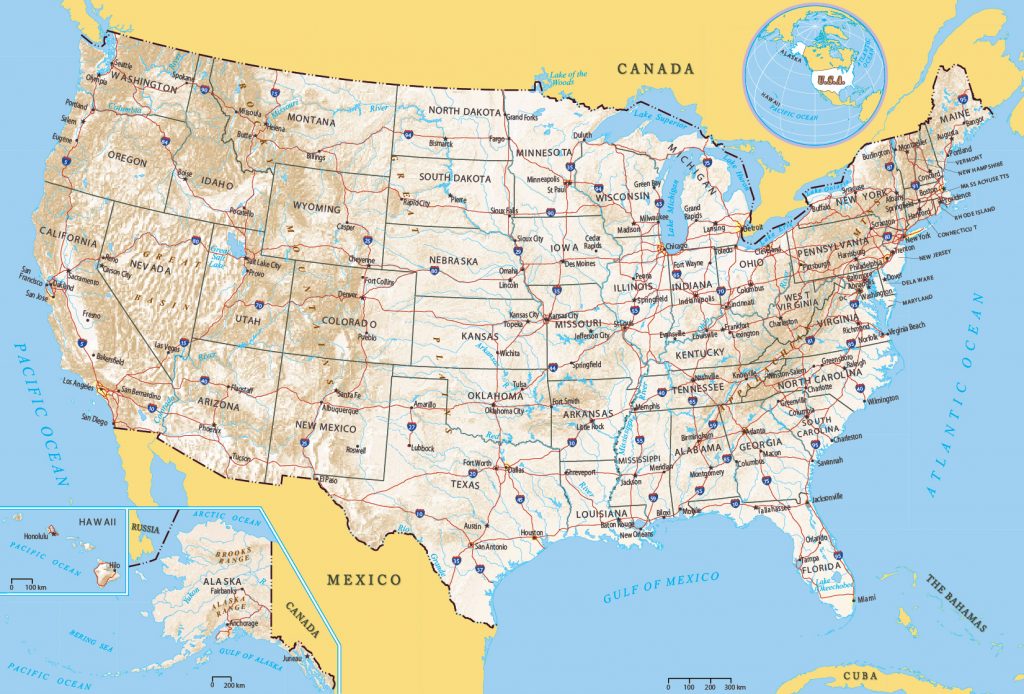 American history contains two outstanding wrongs committed against groups of us: the killing, displacement, and mistreatment of Native Americans and the subjection of African Americans to slavery and ongoing discrimination. Various thinkers have suggested kinds of reparations for these acts; but views differ sharply on whether reparations are justified, who should pay them, who should receive them, and what amount is fair and feasible. Instead of serving to heal our country, reparations have become one more divisive issue.
American history contains two outstanding wrongs committed against groups of us: the killing, displacement, and mistreatment of Native Americans and the subjection of African Americans to slavery and ongoing discrimination. Various thinkers have suggested kinds of reparations for these acts; but views differ sharply on whether reparations are justified, who should pay them, who should receive them, and what amount is fair and feasible. Instead of serving to heal our country, reparations have become one more divisive issue.
Yet reparations offer an alluring vision: via a concrete but also symbolic national gesture, we could take a major step toward healing wounds, overcoming the past, and moving together into the future. They could counteract the negativity of partisan politics and lead to a happier multiethnic and multiracial society. So we need to think through how to bring Americans to comprehend and support a plan for reparations that will help us flourish as a united people.
Fortunately, a related issue affords us an excellent opportunity to shape reparations to ensure fairness while moving us toward overcoming the past: the well-intentioned but predictably divisive Affirmative Action program. Whatever the successes of AA, to many Americans it constitutes flagrant, government-enforced favoritism toward minorities. Others condemn it for effectively stigmatizing not just beneficiaries but also all members of their minority groups, above all African Americans. AA teaches people to think in terms of groups, to adopt a quota mentality that exacerbates antagonisms between groups. Demagogues use it to whip up resentment against African-Americans.
Critics argue that AA pours resources into ineffective remedial efforts on behalf of students and workers over 18 who missed out on a good education long before. They rightly note that early intervention offers a much better chance of success. Meanwhile, AA discriminates against other people with high commitment and promise. Making things worse, the legislators who enacted AA neglected to put a sunset provision on it, so it lumbers on from decade to decade, a perpetual privilege for minority groups over other Americans.
Luckily for us, a fitting solution is within our grasp: set a 20-year term for implementing a reparations program, and terminate AA. Here are some guidelines.
First, for balance and fairness, it should include both Native Americans and African Americans.
Second, mailing checks to individual recipients would lead to endless rancorous disputes and litigation over who was eligible. It would also make payments to people who are already well off. Far better to direct funds to much needed programs of great long-term benefit. For Native Americans, this would be for community institutions and infrastructure, including health and education. For African Americans, it would be for early intervention in education and health (from pre-natal to 17, with community input) for all children below the poverty line or other appropriate income level.
Third, because it is impossible to determine a fair level of funding that would be proportional to the historical wrongs and acceptable to most Americans, it seems advisable to provide an amount that is substantial but not excessively high (and construable as a raid on the Treasury–thereby causing embitterment and defeating the goal of bringing us together). Everyone should understand that such money would not come close to fully making up for the suffering of tens of millions of people in times past and up to the present. Rather, this funding could correct some problems left over by history, but it is best viewed as an expression of solidarity in overcoming the past and investing in the future. For Native Americans, this would total $400 billion over 20 years, or $20 billion a year. For the more numerous African Americans, this would amount to $1.6 trillion over 20 years, or $80 billion a year. The entire plan would total $2 trillion, or $100 billion a year.
Fourth, AA would come to an end. New laws would expressly forbid favoring one group over another. The personnel used in AA could shift to the early intervention of reparations or equivalent programs.
By attracting the widest possible support for reparations that invest in America’s future, we can take a major step toward overcoming the past while resolving two divisive issues.
